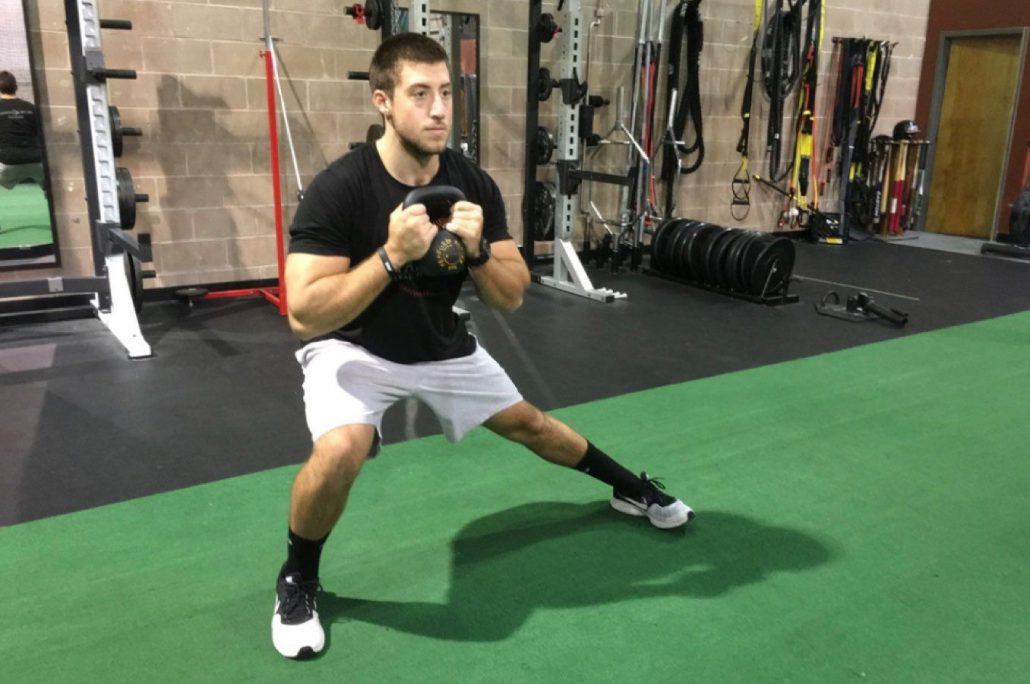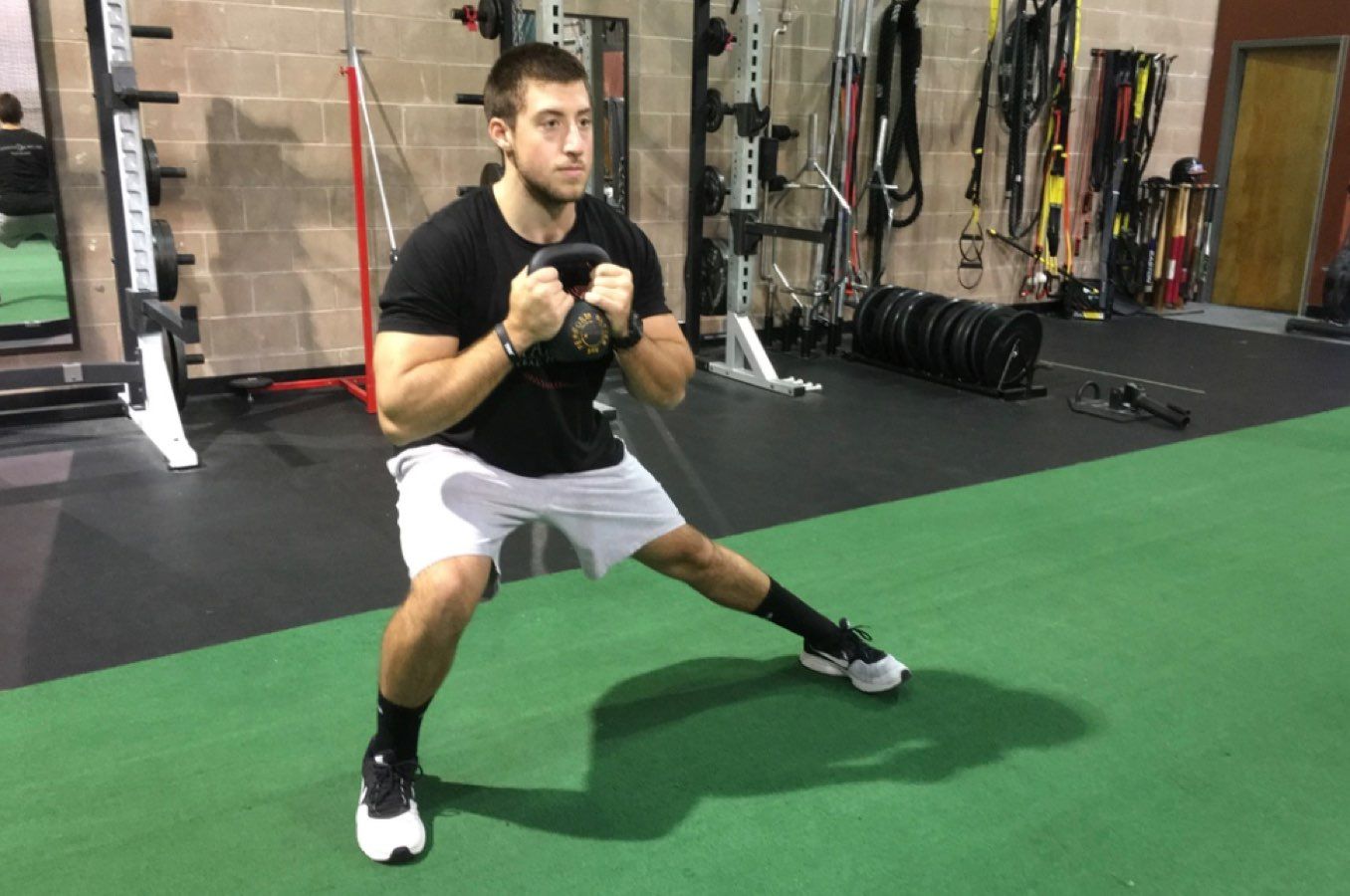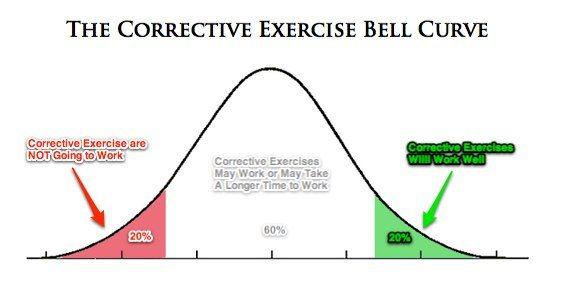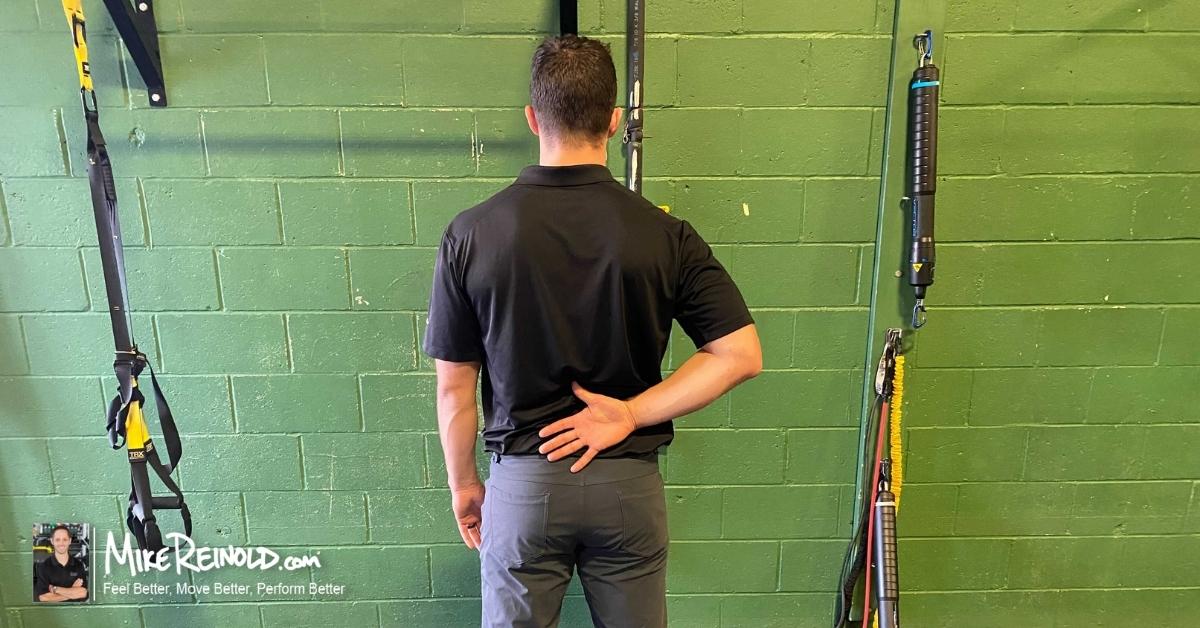Corrective exercise has become quite a common term and, often times, focus of many training programs. It’s great to see fitness and strength and conditioning programming making a shift towards helping people feel and move better. However…
Have we gone too far?
What Does the Person Really Want to Achieve?

No one comes to work with you with the goal of a symmetrical 3 on a FMS active straight leg raise test or to get strong outside of the sagittal plane.
Don’t get me wrong, I think we should be thinking this way, but that is not the person training with you’s primary goal. They usually want to lose weight, get stronger, or simply look better.
Often times we are too guilty of force feeding our training clients what WE want, not what THEY want. This is a common mistake I see in many young personal trainers and coaches. It’s great that you want to show off the new information you’ve learned in a seminar, but integrating this into the person’s goals is the real challenge that those with more experience can master.
Focus on Optimizing Movement Not Corrective Exercises
I often recommend that personal trainers and strength coaches shift their focus away from corrective exercise and more towards simply optimizing movement. Without a very thorough examination process, truly identifying injury, poor mechanics, or areas of concern is a challenge. That is why I often mention the Corrective Exercise Bell Curve, where I discuss how often times corrective exercises are unsuccessful, or worse, counterproductive.
By focusing on optimizing movement, we take away the need to “fix” someone with corrective exercises. [Click to Tweet]
It’s much easier to build a program now to lose weight, get stronger, or look better by programming towards optimizing their movement, rather than “fixing” their problems. “Fixing” someone often times results in a very limiting program, with the focus on which exercises to avoid rather than which exercises to perform.
Maybe I’m getting carried away, but simply making this quick change in my mindset and focus of my programming has really helped me.
What do you think?
5 Ways to Incorporate Movement into Your Programs
My next Inner Circle webinar is tomorrow night and I will discussing 5 Ways to Incorporate Movement in Your Programs. I received a lot of feedback and requests to elaborate on this topic after my past webinar on corrective exercises. I wanted to share 5 ways that you can assure that your program emphasizes enhancing movement quality.
The webinar will be on Tuesday February 23 at 8:00 PM EST. A recording will be posted for those that can not attend live.





